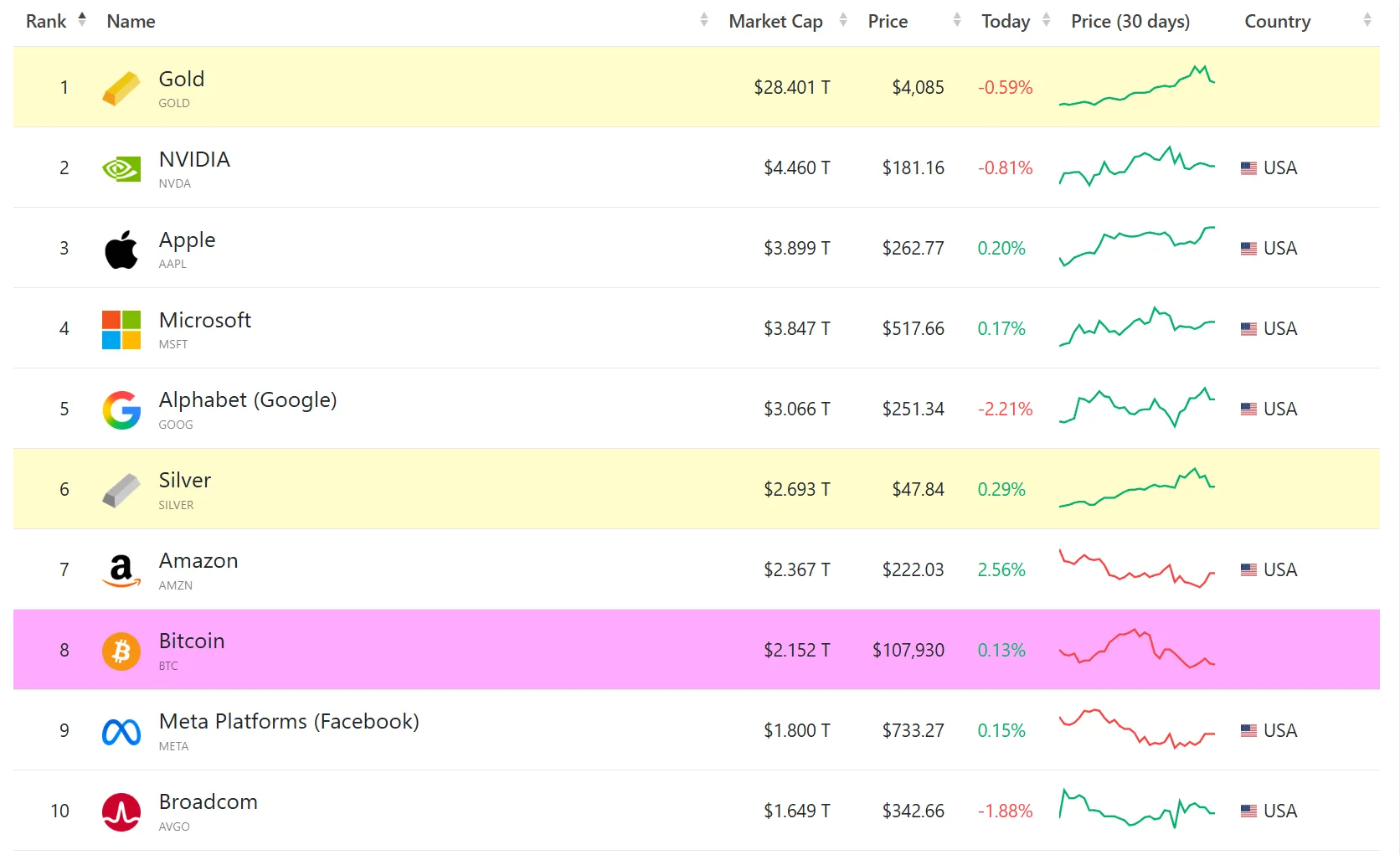Author: BlockWeeks
The crypto prediction market has experienced more drastic changes in the past two years than in its entire ten-year history since its inception.
This sector was once one of the earliest holy grails of Web3—an ideal of "information alchemy" attempting to distill the wisdom of the crowd into pure probabilities. However, for a long time, it was merely a high-friction, low-liquidity "decentralized toy."
Now, the situation has changed.
Polymarket set astonishing new trading volume records during the 2024 U.S. elections (despite restrictions on U.S. users), with its odds' accuracy even being compared to traditional polls by mainstream media. On the other hand, Kalshi, regulated by the U.S. CFTC, is pushing (restricted) event contracts to millions of TradFi users through platforms like Robinhood.
The prediction market is no longer a question of "will it come," but rather "in what form will it come." It stands at a crossroads: will it become a compliant hedging tool for Wall Street elites, or a global liquidity "casino" that is crypto-native?
BlockWeeks will break down this ongoing "route war" for you.

1. Summary of Conclusions
The prediction market is growing wildly along two distinctly different, even conflicting paths:
The Compliant "Narrow Gate" (TradFi Integration): Represented by Kalshi, they seek full approval from regulators (like the CFTC) to package "event contracts" as compliant financial derivatives, aiming to connect with mainstream brokerages like Robinhood. This path is extremely narrow and slow, but once passed, it will lead directly to massive mainstream capital.
The Free "Wilderness" (Crypto-Native Evolution): Represented by Polymarket and platforms based on Gnosis/Azuro infrastructure. They prioritize global liquidity, high timeliness, and product breadth. They either operate offshore or focus on underlying technology, playing a "cat-and-mouse game" with regulators, betting that market demand will eventually force regulatory concessions.
BlockWeeks' core viewpoint is: This is not a zero-sum game. In the short term, the "gray area" of the Polymarket model will continue to capture the largest liquidity and market attention; but in the long term, regulation (who can obtain licenses) and infrastructure (who can provide the best liquidity and clearing framework) will determine the final market landscape.
2. The "Discrepancy" of Two Paths
1. The Compliant Narrow Gate: Kalshi's "Wall Street Experiment"
Kalshi is taking the most difficult path: directly seeking approval from U.S. regulators (primarily the CFTC).
Analysis: Kalshi is not creating a "prediction market"; it is creating "event derivatives." It must prove to regulators that its contracts (such as "Will the Federal Reserve raise interest rates?") have real "economic utility" and "hedging value," rather than being "gambling."
Progress: They have successfully introduced event contracts related to economics, weather, etc., and have begun collaborating with platforms like Robinhood.
Bottleneck: The ceiling on this path is extremely low, entirely limited by the imagination of regulators. The CFTC is extremely cautious and slow in approving "political events" (such as control of Congress) because it touches the red line of "gambling." Kalshi gains safety but sacrifices the core of Crypto—speed, breadth, and permissionless innovation.
2. The Free Wilderness: Polymarket's "Global Casino"
Polymarket is a starkly contrasting example. In 2022, it was fined and restricted in the U.S. for offering unregistered "binary options" by the CFTC. But this did not kill it.
Analysis: Polymarket has proven the market's extreme demand for predictions on "hot events" (such as elections, regulatory decisions, celebrity news). Its trading volume during the 2024 U.S. elections (according to public data and Dune Analytics panels) even surpassed many mid-sized exchanges.
Strategy: Its strategy is "offshore operation + pursuit of future compliance." It provides services outside of regulation (especially in the U.S.) while paving the way for future "returns" through acquisitions (such as the compliant clearinghouse QCX).
Bottleneck: Polymarket always has a "Sword of Damocles" hanging over it. Its success is built on the "lag" of regulation. While this model captures liquidity, it also brings significant legal risks.
3. The "Ice and Fire" of Infrastructure: Lessons from Augur and Gnosis' Pragmatism
Why has the established Augur nearly disappeared while the Gnosis system has been quietly growing?
Augur's "Failure": Augur is an idealistic martyr. It overly trusts in a "fully decentralized" arbitration mechanism. Its complex REP token dispute system has proven to be too slow and expensive (Gas fees) in practice, and it easily falls into deadlock when faced with ambiguous events. Augur died from its obsession with a "perfectly decentralized Oracle," sacrificing user experience and liquidity.
Gnosis/Azuro's "Pragmatism": Gnosis (Omen/Azuro) learned from these lessons. They no longer try to solve the hardest Oracle problems themselves but turn to "pragmatism":
Gnosis Conditional Tokens: Provides a flexible contract framework for others to build applications on.
Azuro (Gnosis Ecosystem): Focuses on liquidity protocols. It simply outsources the Oracle problem (to centralized arbiters or third-party Oracles), fully optimizing AMM and liquidity pools.
Current Status: Azuro is becoming the B2B infrastructure layer for GambleFi (especially sports betting). It does not touch front-end compliance, only providing on-chain tools. This is a smarter, more scalable layered approach.
4. The "Impossible Triangle" of Prediction Markets
By comparing these players, I find that there is an "impossible triangle" in prediction markets. It is difficult to simultaneously possess:
Decentralization (censorship resistance)
Outcome Certainty (fast, reliable Oracles)
High Liquidity (low slippage, deep depth)
Kalshi: Gives up ① (fully centralized) in exchange for ② and (potential) ③.
Polymarket: Gives up ① (semi-centralized/offshore) in exchange for ② (centralized fast arbitration) and ③ (high liquidity).
Augur: Clings to ① and ②, completely sacrificing ③ (liquidity depletion).
Gnosis/Azuro: Focuses on providing a framework for ① but leaves the challenges of ② and ③ to front-end applications to solve.
Notably: As of 2025, all "winners" in the market (measured by liquidity) are players who have made compromises on "decentralization."
5. The True Intentions and Risks of Regulation
The core risk of regulation lies not in "on-chain" or "off-chain," but in "product definition" and "user access."
Gambling vs Derivatives: The CFTC's core concern is whether this is "gambling" (subject to state laws) or "a hedging/price discovery tool with economic purpose" (subject to CFTC jurisdiction). Kalshi is working hard to prove the latter, while many events on Polymarket struggle to shake off the suspicion of the former.
KYC/AML (User Access): This is a prerequisite for entering the U.S. market. This is also why Polymarket's acquisition of QCX is so important—it needs not only clearing capabilities but also a (potentially compliant) fiat and user entry point in the future.
Oracle Manipulation (Core Risk): In low liquidity markets, or markets relying on decentralized reporting, malicious parties can manipulate market prices with a small amount of capital, even attempting to manipulate "result reporting."
6. Real Opportunities for Rise
Setting aside risks, the prediction market is releasing three clear opportunities:
The "Advanced Form" of GambleFi: Prediction markets (especially sports and current events) are the natural soil for GambleFi. The rise of Azuro as B2B infrastructure proves the market's demand for "fairer, more transparent betting protocols."
Sources of Alpha (Excess Returns): Polymarket's odds during the 2024 elections and multiple events regarding "Will the SEC approve the ETF?" have proven to be sharper indicators than traditional polls and "expert analysis." Hedge funds and research institutions are beginning (or have already begun) to view it as a high-value "real-time sentiment/information" data source.
New Hedging Tools for TradFi: Kalshi's true potential is not to let retail investors bet on Federal Reserve rates. Rather, it is to enable small and medium-sized business owners (such as farmers and importers/exporters) to hedge against "supply chain risks" (such as whether a port will close) or "policy risks" (such as tariff changes). This is a trillion-dollar blue ocean.
7. Three Possible Futures (12-36 Months)
Scenario One: TradFi Integration (Kalshi Model Wins)
Path: Regulatory agencies (CFTC/SEC) clearly define "event derivatives" and crack down on all "unlicensed" platforms (Polymarket is forced to exit the U.S. and Europe completely).
Outcome: The prediction market becomes a "niche feature" on Robinhood, limited to "safe" events like economic and weather-related predictions. The market size is constrained by the imagination of regulators.
Scenario Two: Offshore "Wild West" (Polymarket Model Wins)
Path: Regulation remains ambiguous, and U.S. users continue to access offshore platforms like Polymarket via VPN.
Outcome: Two parallel markets emerge: a small, compliant U.S. market; and a large, high-liquidity, high-risk global offshore market. Crypto-native players dominate the latter, with liquidity highly concentrated on popular events.
Scenario Three: Layered "Infrastructure" (Long-term Victory for Gnosis/Azuro Model)
Path: Regulators focus on cracking down on front-end applications (requiring KYC/AML) but remain neutral or unable to regulate underlying protocols (like Gnosis Conditional Tokens).
Outcome: Gnosis/Azuro becomes the "TCP/IP protocol of prediction markets." A large number of compliant (like Kalshi's on-chain version) and non-compliant (like the new generation of Polymarket) front-ends are built on these protocols. The market achieves a separation of "front-end compliance and back-end decentralization."
8. Strategic Advice for Builders and Investors
The battle for prediction markets has shifted from "technical implementation" to "regulatory games" and "liquidity wars."
For Entrepreneurs:
Stop Reinventing the Wheel: Do not attempt to build the next Augur (obsessed with a perfect decentralized Oracle).
Choose Your Battlefield: Either lobby in Washington (to obtain a license, like Kalshi); or go to Dubai/Singapore (to create global liquidity, like Polymarket); or become a "shovel seller" (build infrastructure, like Azuro).
For Investors:
Bet on "Compliance Channels": Closely monitor Polymarket's mergers/acquisitions and compliance actions, as well as Kalshi's integration progress with mainstream brokerages.
Bet on "B2B Infrastructure": Pay attention to adoption metrics (TVL, trading volume, number of ecosystem projects) for infrastructure like Gnosis/Azuro. In a world of regulatory uncertainty, platforms that provide "tools" often present the lowest risk and the most stable returns.
免责声明:本文章仅代表作者个人观点,不代表本平台的立场和观点。本文章仅供信息分享,不构成对任何人的任何投资建议。用户与作者之间的任何争议,与本平台无关。如网页中刊载的文章或图片涉及侵权,请提供相关的权利证明和身份证明发送邮件到support@aicoin.com,本平台相关工作人员将会进行核查。




